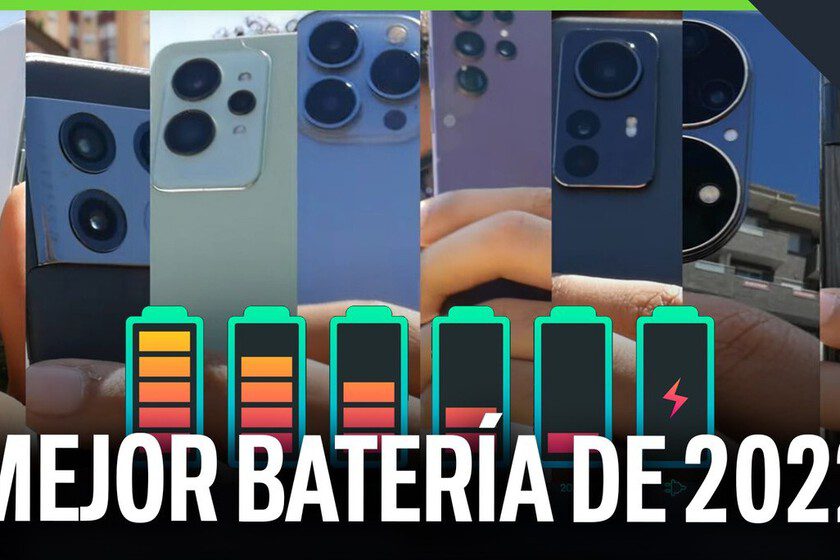
With the best high-end mobiles in your pocket, we continue to make the most of them. We have already published our great photo comparison, the great portrait comparison and the great video comparison. It’s time to put aside the cameras and focus on a key point: the autonomy.
We are going to compare the battery performance of the best high-end ones so far in 2022, to check what is the phone with the best autonomy. The selection is the same as in the previous comparisons, so your phones will ring.
Carrying out a comparison of this type is quite complex, since each user has their own particular use and every test we do will be a technical test, rather than an approach to a real situation. We have looked for four quite demanding scenarios at an energy level, to drain the battery of these phones from 100% to 0%. First, we have recorded in 4K for 1 hour. Later we have passed one of the most demanding benchmarks at the GPU level. We have started a good session gamingand we have played video in HDR until we finished them.
- Google Pixel 6 Pro
- iPhone 13 ProMax
- Samsung Galaxy S22 Ultra
- Xiaomi 12 Pro
- OnePlus 10 Pro
- OPPO Find X5 Pro
- Realme GT2 Pro
- Huawei P50 Pro
Google Pixel 6 Pro | Huawei P50 Pro | iPhone 13 ProMax | OnePlus 10 Pro | Realme GT2 Pro | OPPO Find X5 Pro | Samsung Galaxy S22 Ultra | Xiaomi 12 Pro | |
|---|---|---|---|---|---|---|---|---|
Drums | 5003mAh | 4360mAh | 4352mAh | 5,000mAh | 5,000mAh | 5,000mAh | 5,000mAh | 4,600mAh |
Fast charge | 30W | 66W | 27W | 80W | 65W | 80W | 45W | 120W |
4K recording test
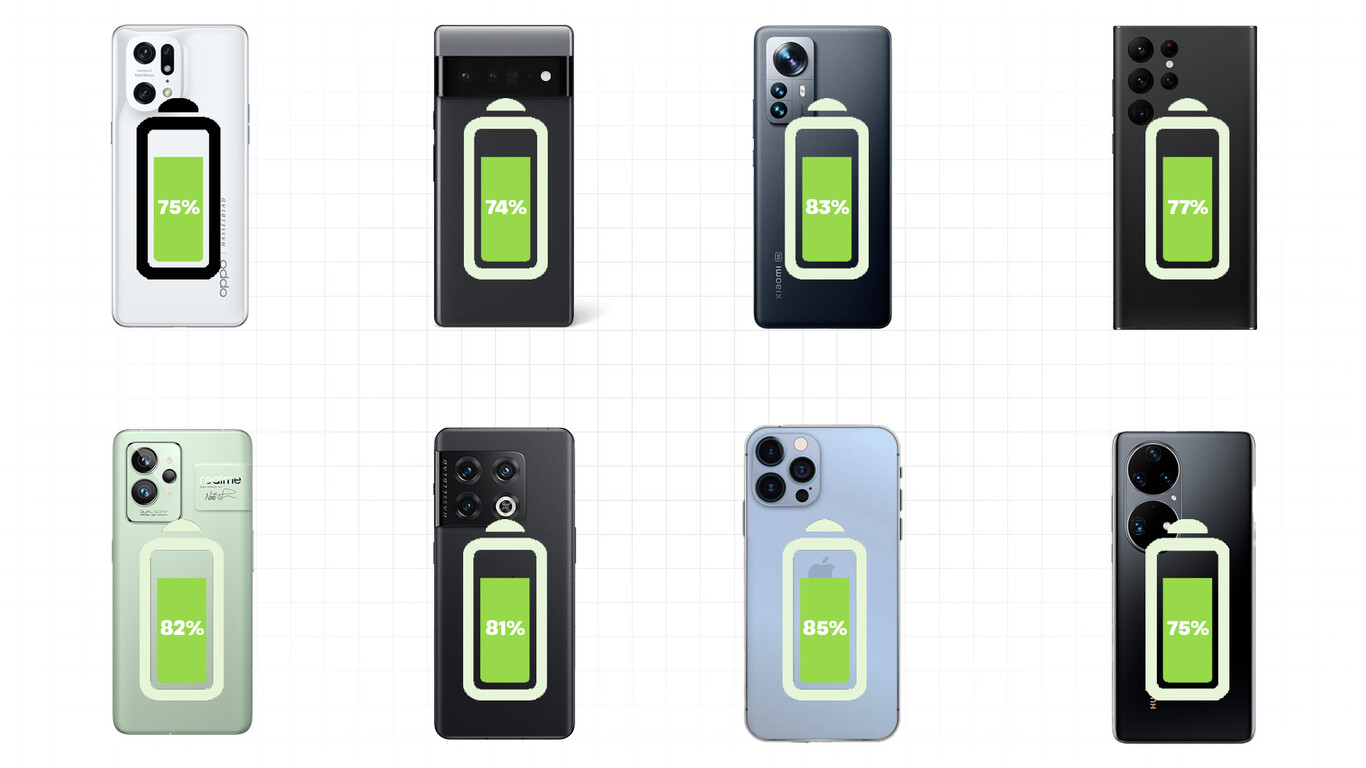
In this first 4K recording test, for an hour in a row, they have been showing which are the phones that last the most and which ones suffer the most.
- iPhone 13 ProMax: 85%
- Xiaomi 12 Pro: 83%
- Realme GT2 Pro: 82%
- OnePlus 10 Pro: 81%
- Samsung Galaxy S22 Ultra: 77%
- Huawei P50 Pro: 75%
- OPPO Find X5 Pro: 75%
The Pixel 6 Pro is the one that has suffered the most, staying at 74% battery, along with a Find X5 Pro that also drops to 75%, like the P50 Pro. The camera is one of the most demanding elements at an energy leveland a 10% difference between the best and the worst here, is quite a lot.
3D Mark Stress Test
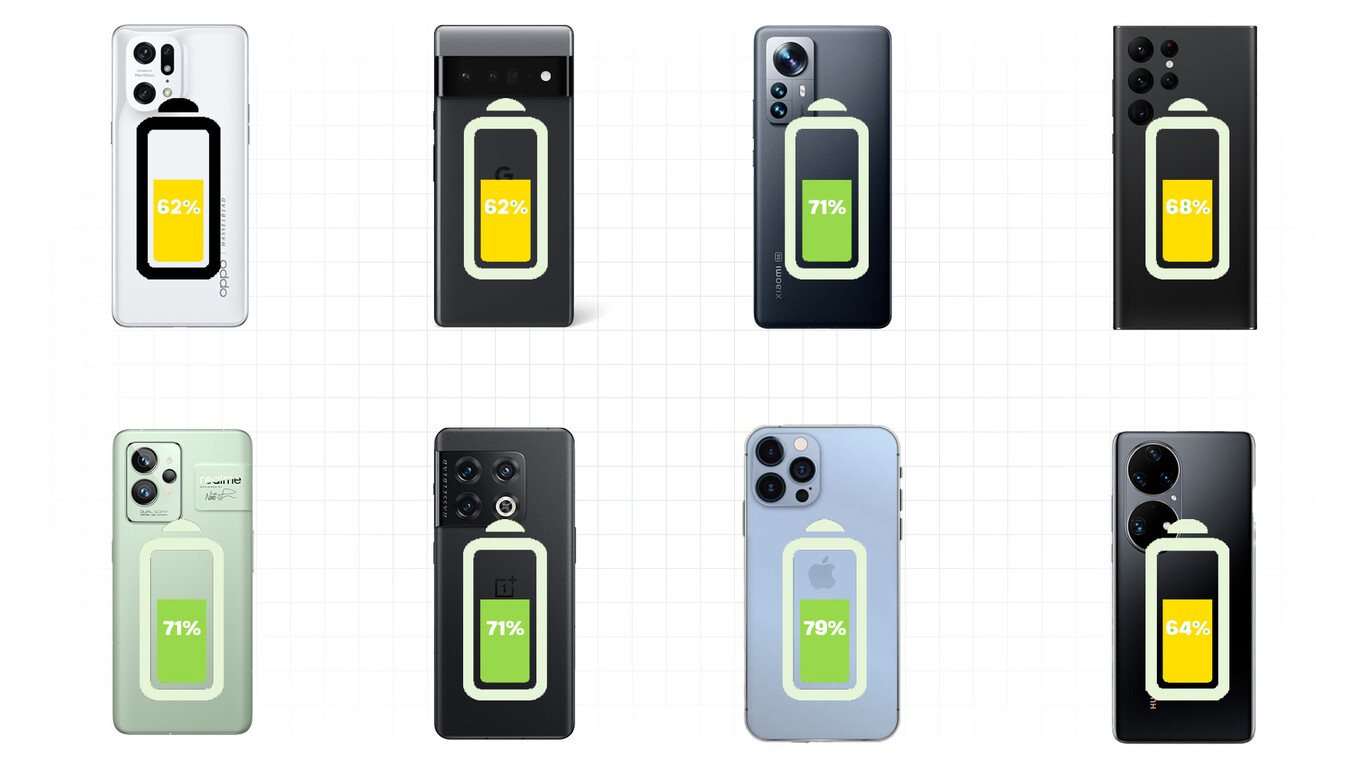
This is one of our favorite tests when passing a benchmark. It manages to raise the temperature of the devicesdrains a lot of battery and is a litmus test to see how the phone behaves in situations of maximum stress, especially at the CPU level.
- iPhone 13 ProMax: 79%
- Realme GT2 Pro: 71%
- OnePlus 10 Pro: 71%
- Xiaomi 12 Pro: 71%
- Samsung Galaxy S22 Ultra: 68%
- Huawei P50 Pro: 64%
- Google Pixel 6 Pro: 62%
- OPPO Find X5 Pro: 62%
The Pixel, together with the OPPO, fall to 62%, with a Huawei that also drops to 64%. The iPhone begins to distance itself quite from its rivalsshowing that the efficiency of the Apple A15 Bionic is well above the Exynos 2200 from Samsung, the somewhat old Snapdragon 888 from Huawei and the new Snapdragon 8 Gen 1 from the rest of the rivals.
Gaming Test: Genshin Impact
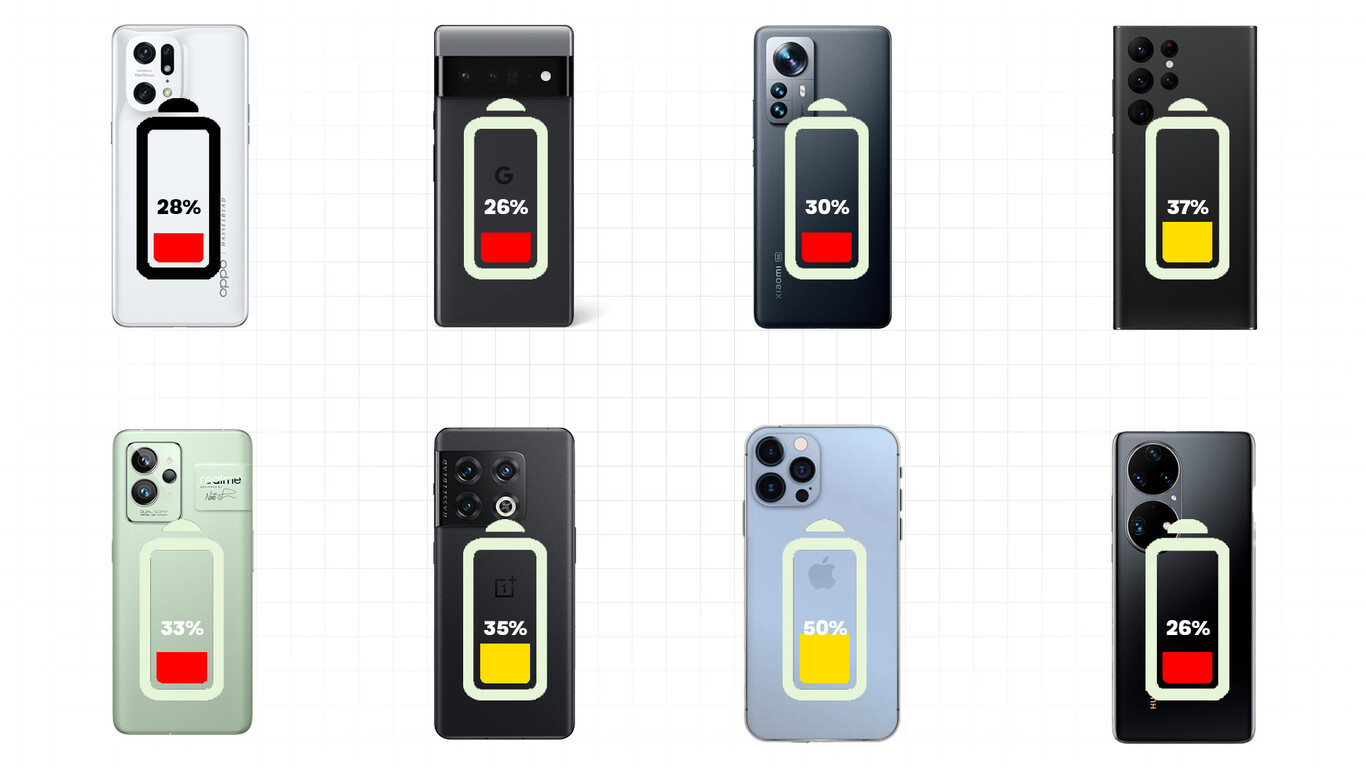
Two hours of Genshin Impact should serve to drain the battery of these phones to the maximum, and it has. We have put similar areas of the map, the brightness to the maximum and we have been moving the character. This is clearly where you start to appreciate who the drum champions are..
- iPhone 13 ProMax: fifty%
- Samsung Galaxy S22 Ultra: 37%
- OnePlus 10 Pro: 35%
- Realme GT2 Pro: 33%
- Xiaomi 12 Pro: 30%
- OPPO Find X5 Pro: 28%
- Google Pixel 6 Pro: 26%
- Huawei P50 Pro: 26%
The Pixel and the Huawei begin to falter, with 26% battery. OPPO also falls quite a bit, down to 28%, while Realme and Xiaomi manage to stay above 30%.
4K HDR video test
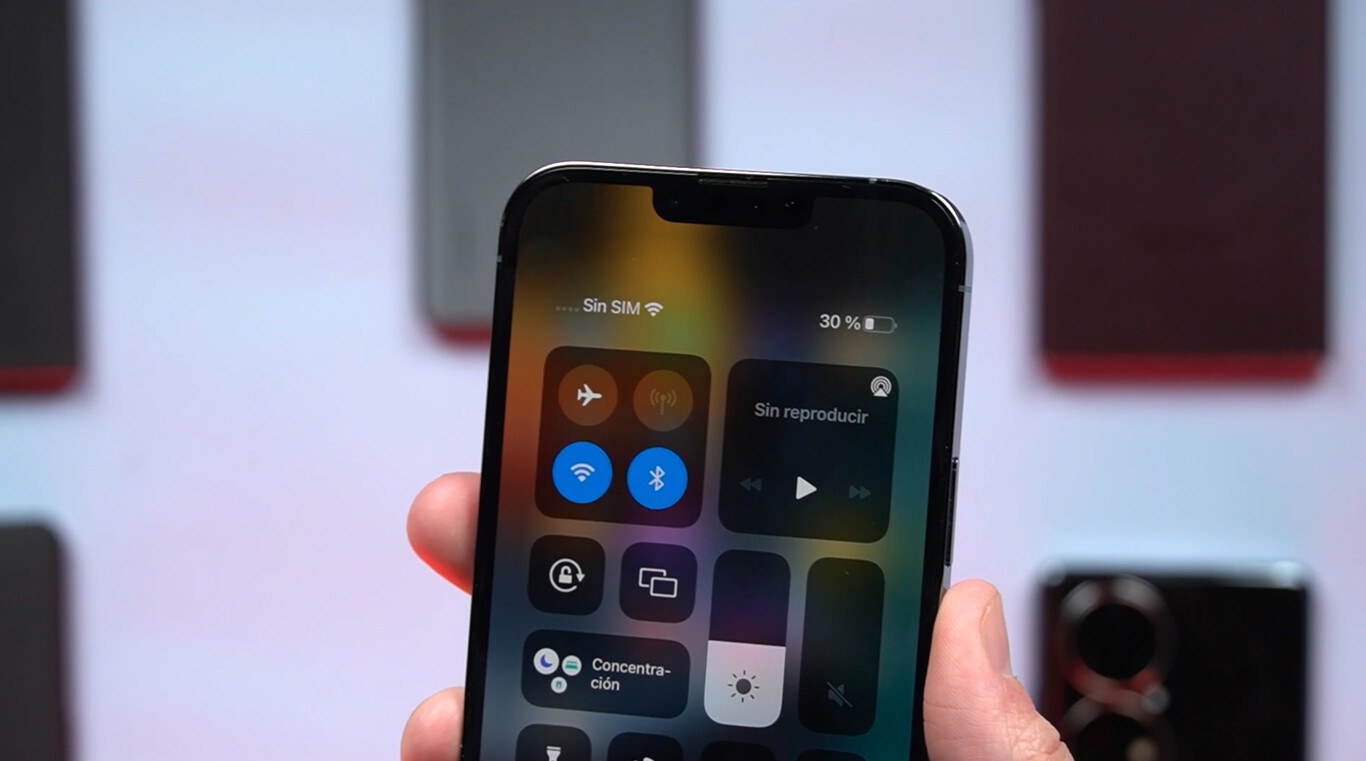
When manufacturers tell us that X phone offers a maximum brightness of X nits, this peak is usually only reached either in conditions of full solar incidence or in HDR content playback. In this latest test, we looped 4K HDR video at maximum brightness, in order to let the battery die of these terminals.
This test leaves us with the final listin which we can measure the screen time that each phone has given.
- iPhone 13 ProMax: remaining 30%
- OnePlus 10 Pro: 6:20 a.m.
- Samsung Galaxy S22 Ultra: 5.55 a.m.
- Realme GT2 Pro: 5.35 hours
- Google Pixel 6 Pro: 5.07 hours
- Xiaomi 12 Pro: 5:04 am
- OPPO Find X5 Pro: 5.04 hours
- Huawei P50 Pro: 4.55 hours
After more than 3 hours of 4K HDR content playback, all phones have run out of battery. Except for the iPhone, with a remaining 30% which could have given him another couple of hours of screen time without any problem.
And the winner is…
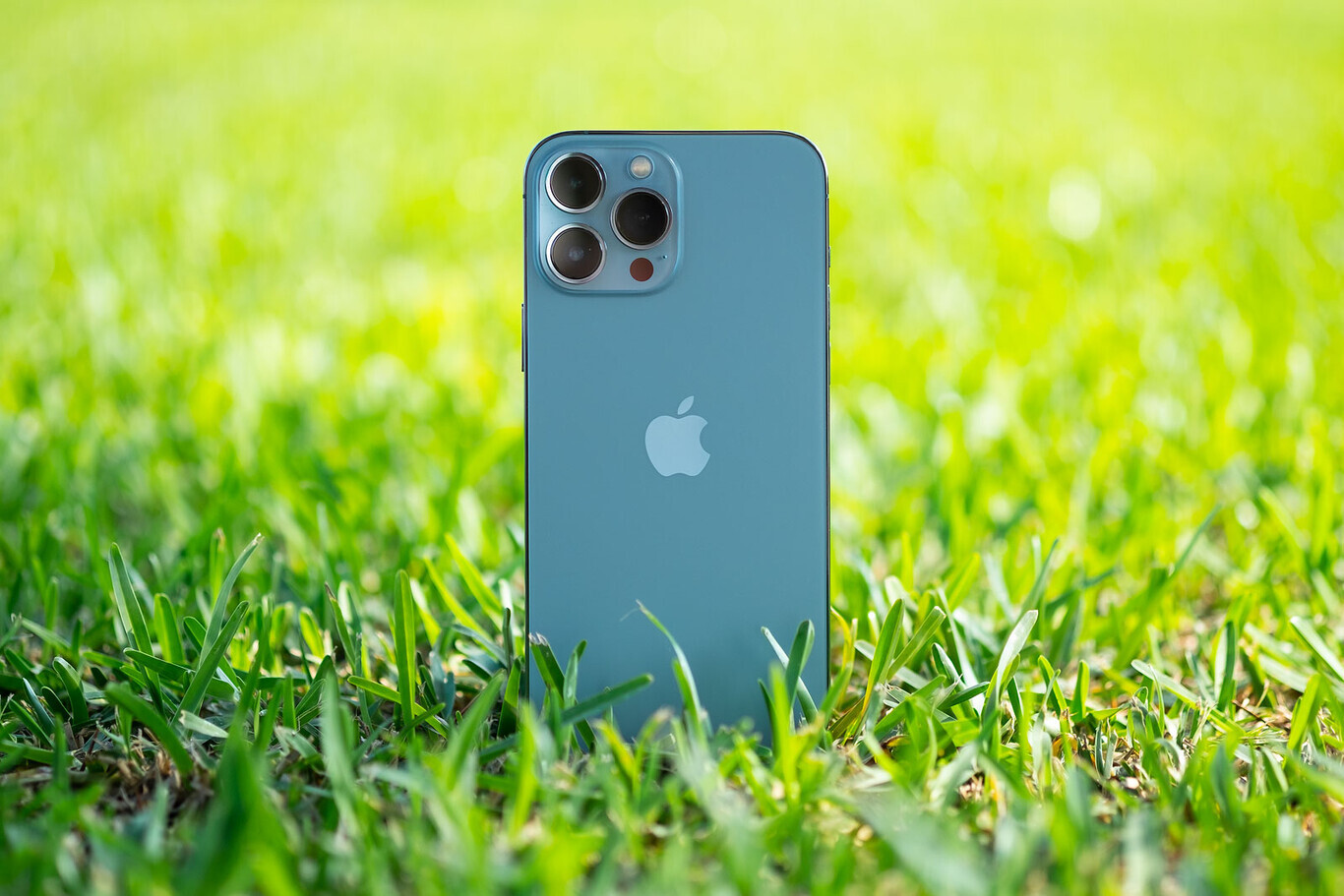
Apple is at another level with the energy efficiency of the Apple A15 Bionic. With a significantly lower battery than its rivals, it has managed to be quite far in autonomy. In such a test, minimizes the chance that iOS’s background aggressiveness will help too much. All phones have been put to the same use in quite specific tasks.
Second place goes to the OnePlus 10 Pro, which has managed to exceed 6 hours of screen time in usage scenarios as demanding as those of these four tests. And, in third place, we find the Samsung Galaxy S22 Ultra, which touches the six hours.
Huawei has been the main victim in this comparison, very close to OPPO, Xiaomi and Google, which have practically identical results. We have not gone into measuring load times, as it is an independent debate. We were looking for the champion in autonomy, and we have found it.




